Old-school Shibuya Hyakkendana neighborhood targeted for urban renewal Will it lose its charm?
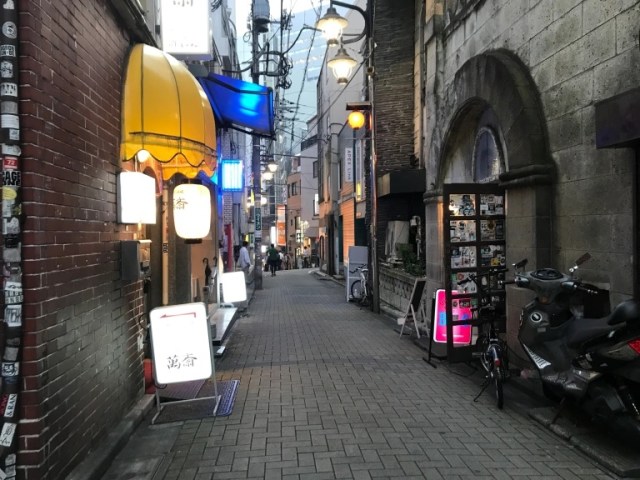
Shibuya subsection has a unique vibe, and we talk to the Tokyo city government about if it’s going to be swept away.
No matter what time of day or night you go there, you can expect Tokyo’s Shibuya district to be a bustling, exciting place. But while Shibuya’s energy level is constant, its urban landscape isn’t. Over the last few years, there have been some big changes to the neighborhood, with giant skyscraper entertainment complex/office building combos like Shibuya Hikarie and Shibuya Scramble Square moving in, and older buildings permanently closing (like the Tokyu Department Store did) or being completely rebuilt (as happened to Parco).
There are still vestiges of the old Shibuya to be found, though. One of our reporter Mariko Ohanabatake’s favorite things to do is stroll through the part of Shibuya known as Shibuya Hyakkendana.
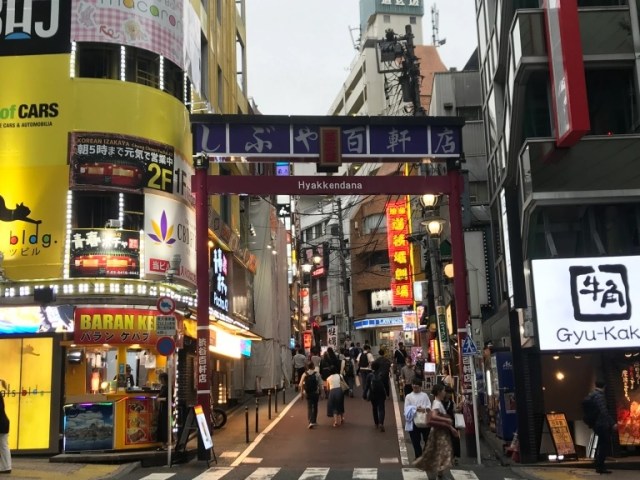
Hyakkendana is a collection of small stores, restaurants, and music clubs located in the Dogenzaka Nichome subsection of Shibuya, tucked away on sloping side streets to the west of Shibuya Station.
▼ Music cafe Lion

Shibuya has a well-deserved reputation as a trendy neighborhood, one where you can see the latest fashions or fads on full display. But Hyakkendana feels like a snapshot frozen in time with its old-school architecture housing businesses that have been in the neighborhood for decades.
▼ Reikyo Taiwanese restaurant, founded in 1955
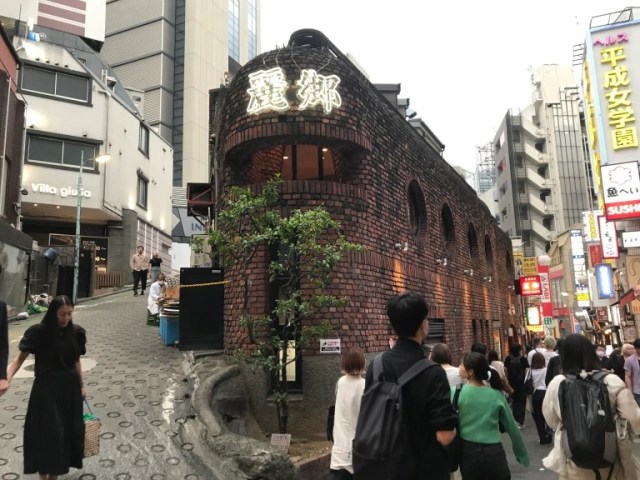
▼ Murugi curry restaurant, opened in 1951
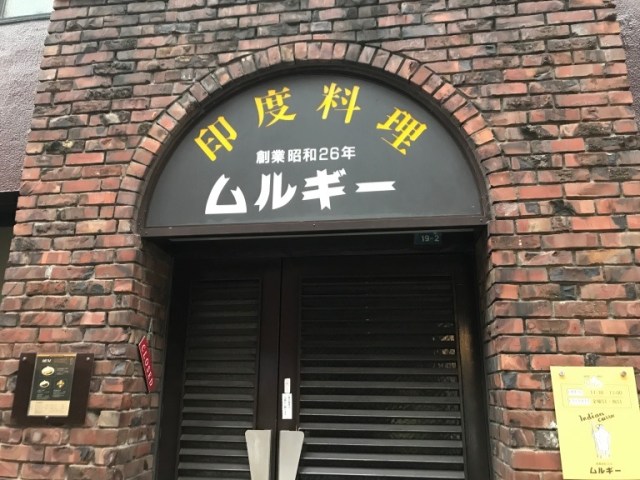
Hyakkendana also has a rich musical heritage, represented by places such as rock cafe B.Y.G….
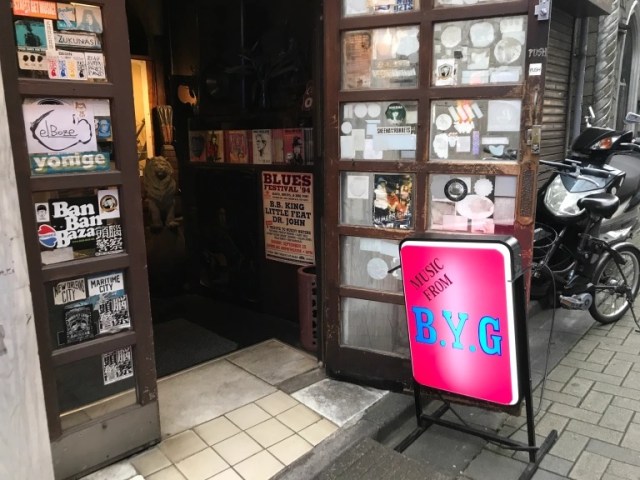
…and music clubs Club Asia, O-East, and O-West.
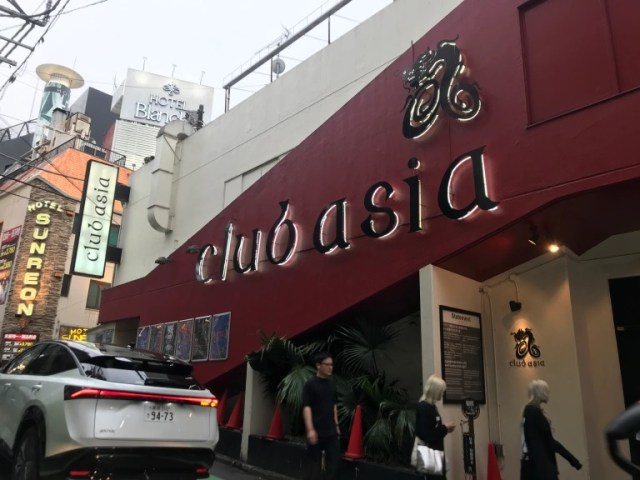
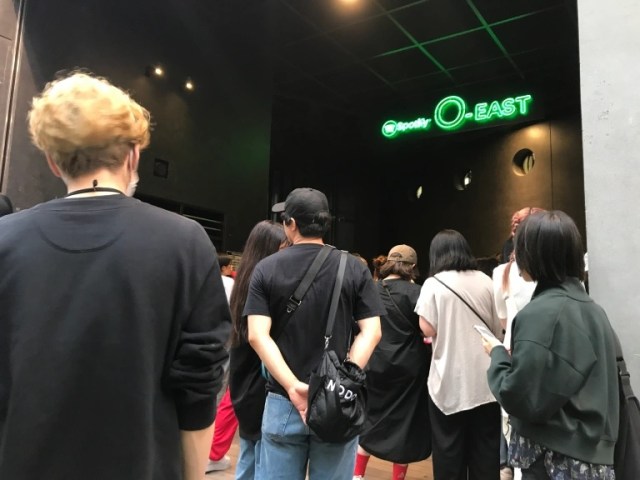
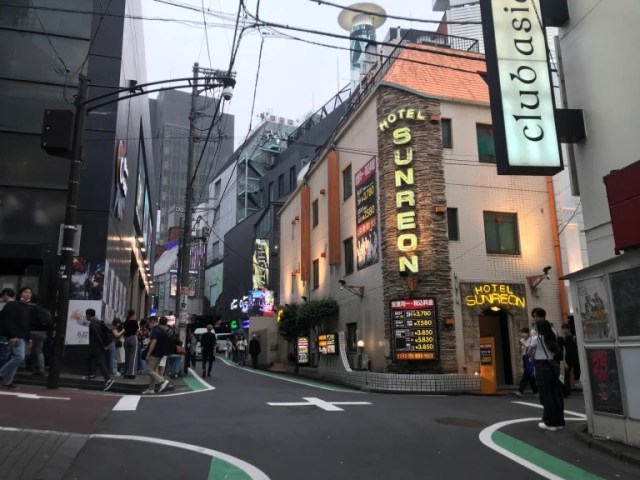
But as much as Mariko likes the place, she does have to admit that it has an old and cluttered feel to it, and that’s why she’s worried about Hyakkendana’s future. Last month, Hyakkendana was designated as an area to be included in the Tokyo metropolitan government’s Tokyo no Shareta Machinamizukuri Suishin Jorei, or “Ordinance for the Promotion of Stylish Cityscapes in Tokyo.” Such ordinances are often vague in scope, but Mariko is concerned that this could lead to the Hyakkendana she knows and loves being swept away to make room for new, more modern development.
Those fears led her to contact the Tokyo government’s Urban Development’s Land-use Planning Division, which is in charge of the ordinance, who put her in touch with the project’s fundamental planning manager, Toshio Kurihara.
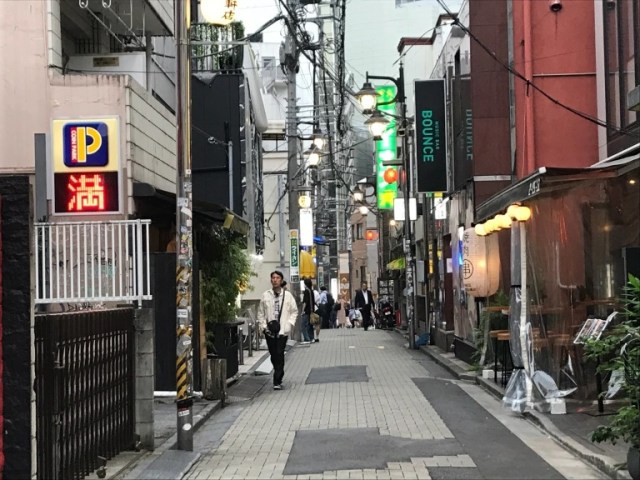
Mariko: “We now know that Shibuya’s Dogenzaka Nichome has been designated as part of the Ordinance for the Promotion of Stylish Cityscapes in Tokyo. I think there are many people who are worried that the businesses in Hyakkendana will be evicted.”
Kurihara: “First off, the shops in Hyakkendana don’t have to be evicted for a ‘stylish cityscape.’
Dogenzaka and Bunkamura Uradori [the adjacent sub-section of Shibuya] have a very local feel to them that can be used to create a neighborhood that’s enjoyable to walk around, so there are three policies that have been decided for the future image of Dogenzaka.
The first is creating a neighborhood that is fun to walk around with continuous shops and restaurants on buildings’ lower levels. The second is promoting the uniqueness of music and cultural venues as an entertainment space. The third is promoting a lively atmosphere in both the backstreets and main thoroughfares for a walkable environment.”
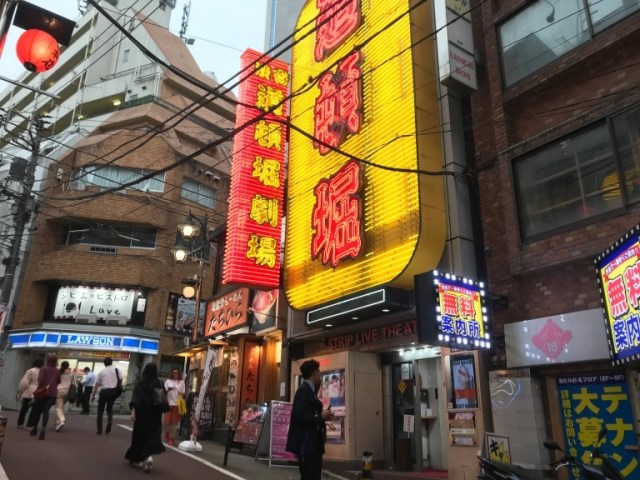
Mariko: Hyakkendana is a point of origin for Shibuya culture, isn’t it? So we won’t be seeing a mass exit of current tenants, like what happened in the redevelopment of Sakuragaokacho [another subsection of Shibuya] in Hyakkendana?
Kurihara: “That’s correct. There will probably be some changes in the areas alongside the largest streets, but it will be different from what people think of when they think of the Sakuragaokacho redevelopment. For example, while the aging and deterioration of buildings in Hyakkendana is an issue, under current regulations large buildings can’t be built in the area. For shops that can’t be rebuilt, regulations could be relaxed. There are also many steps and slopes in the area, and adding accessibility features for handicapped pedestrians will help attract people on the main roads to go into the smaller side streets. The goal is to revitalize the area by making infrastructure improvements.”
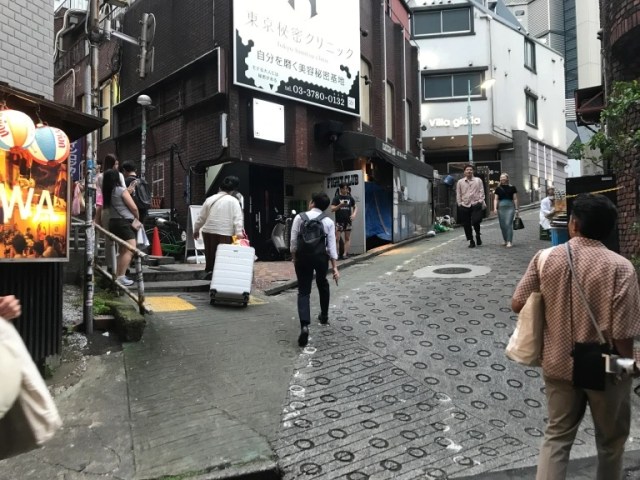
Mariko: There really are a lot of elevation changes in the neighborhood, so I guess that does make it difficult for some people to get around. By the way, the Ordinance for the Promotion of Stylish Cityscapes in Tokyo went into effect in 2003, so can you give us a specific example of changes a neighborhood has undergone as a result?
Kurihara: “I wish I could give you an example that’s similar to the plan for Dogenzaka Nichome, but because these plans take a long time to implement, almost all of them are still works in progress. But out of the projects that have been completed, I suppose the area in front of [Tokyo’s] Musashikoyama Station would be an example, though it’s still a little different from the Dogenzaka plan.”
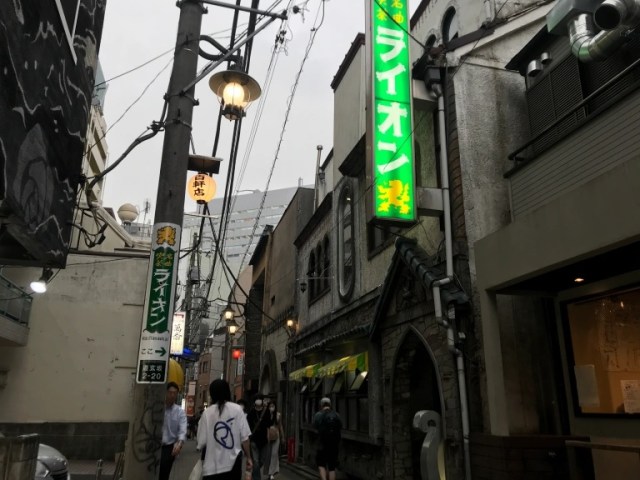
Mariko’s takeaway from all this is that we’re unlikely to see a sudden, wide-sweeping change in Hyakkendana, but instead a change that happens little by little, over the course of many years. Change is on the way, but there’s still time to visit the area and see it as it is/was, and hopefully even when those changes do start happening, they really will be able to move the neighborhood towards the future while protecting, not jettisoning, the things that make it unique.
Photos © SoraNews24
● Want to hear about SoraNews24’s latest articles as soon as they’re published? Follow us on Facebook and Twitter!
Credit:

0 comments: